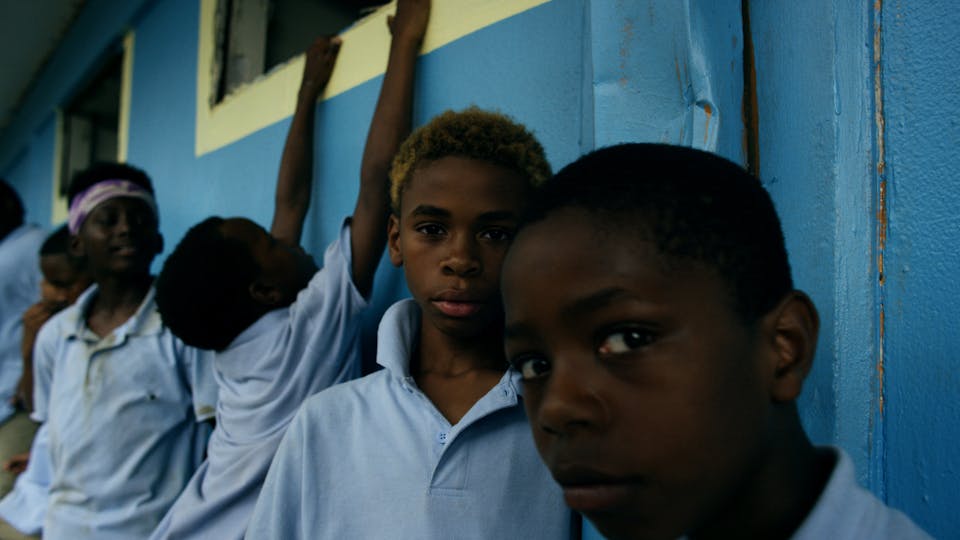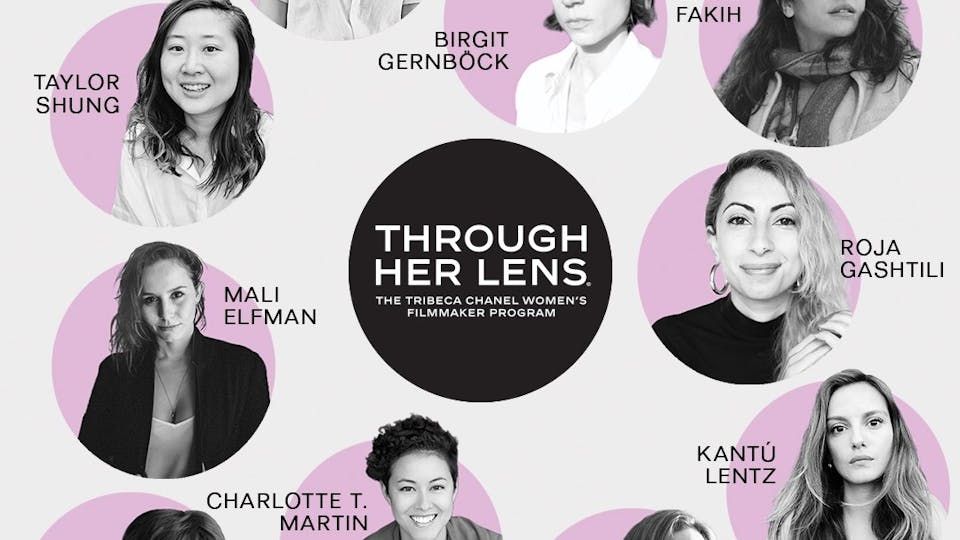Margaret Brown On What Inspired 'The Great Invisible'

Premiering today at the South by Southwest Film Festival, Margaret Brown's latest film, The Great Invisible (Gucci Tribeca Documentary Fund alum), takes an in-depth look at the Gulf Coast and the oil industry following the Deepwater Horizon oil rig explosion that caused one of the worst oil spills in American history. Here Brown (who is also known for her films The Order of Myths and Be Here To Love Me: Townes Van Zandt) looks back on what inspired her to make this socially important yet intimate documentary.

When the spill started I had just gotten back from living in South America, where I was writing a script based there. I was very focused on writing and directing my first narrative feature, so when it happened it wasn’t the first thing on my mind. One morning, I opened an e-mail from my dad to find photos of his bay house surrounded by the orange boom that BP was using to try and prevent the oil from hitting land and invading the marine estuary adjacent. It felt like such a personal invasion, and I think everyone who lived on the coast felt powerless as more and more of it kept coming. Making a film made me feel like I was doing something in the face of this powerlessness. I remember flying back from Mobile after the first shoot, and feeling this cloud of depression just lift. At first I didn’t realize what it was, but then it dawned on me—I had just been in a place where everyone was depressed. Everyone had this feeling of just the world ending. And even though I felt guilty about it, I was received to be able to momentarily escape. On the structural level, I also was interested in making a film about a major disaster as it unfolded. How do you tell a story that is playing out for months on the nightly news in a way that hasn’t been told? What will happen when these cameras leave and the story is no longer part of the news cycle? If I was going to make another documentary next and not a narrative, as I had planned, I wanted something that would be structurally challenging in a way that I had not yet tried in my two other films.
As the film progressed I also began to get curious about our country’s larger relationship to oil. BP used dispersant to sink oil to the bottom of the ocean so that the problem would seem smaller than it was, but what else was hidden? Why don’t we understand our connection to this thing that we use every day, but we never see, as it travels from sometimes miles beneath the surface of the ocean into the tank of our car, and then back out into the atmosphere? If we did understand this connection, and how all of us are connected to what happened in the Gulf that day, would our thoughts on oil change? I started to think that a lot of my questions might be best answered within the oil industry itself. It’s the biggest industry in the world, and seemingly impenetrable to outsiders. I realized early on (though I kept trying to get them through personal as well as official inroads) that BP was not going to talk to me, but I thought maybe some of the other majors—ExxonMobil, Shell, Conoco Phillips—might. It turned out that none of the big oil companies would speak. But I started going to conventions and meeting people through other people, and gradually through a web of contacts over a period of years, I found some good storytellers within the industry who give us a window into something usually invisible.






